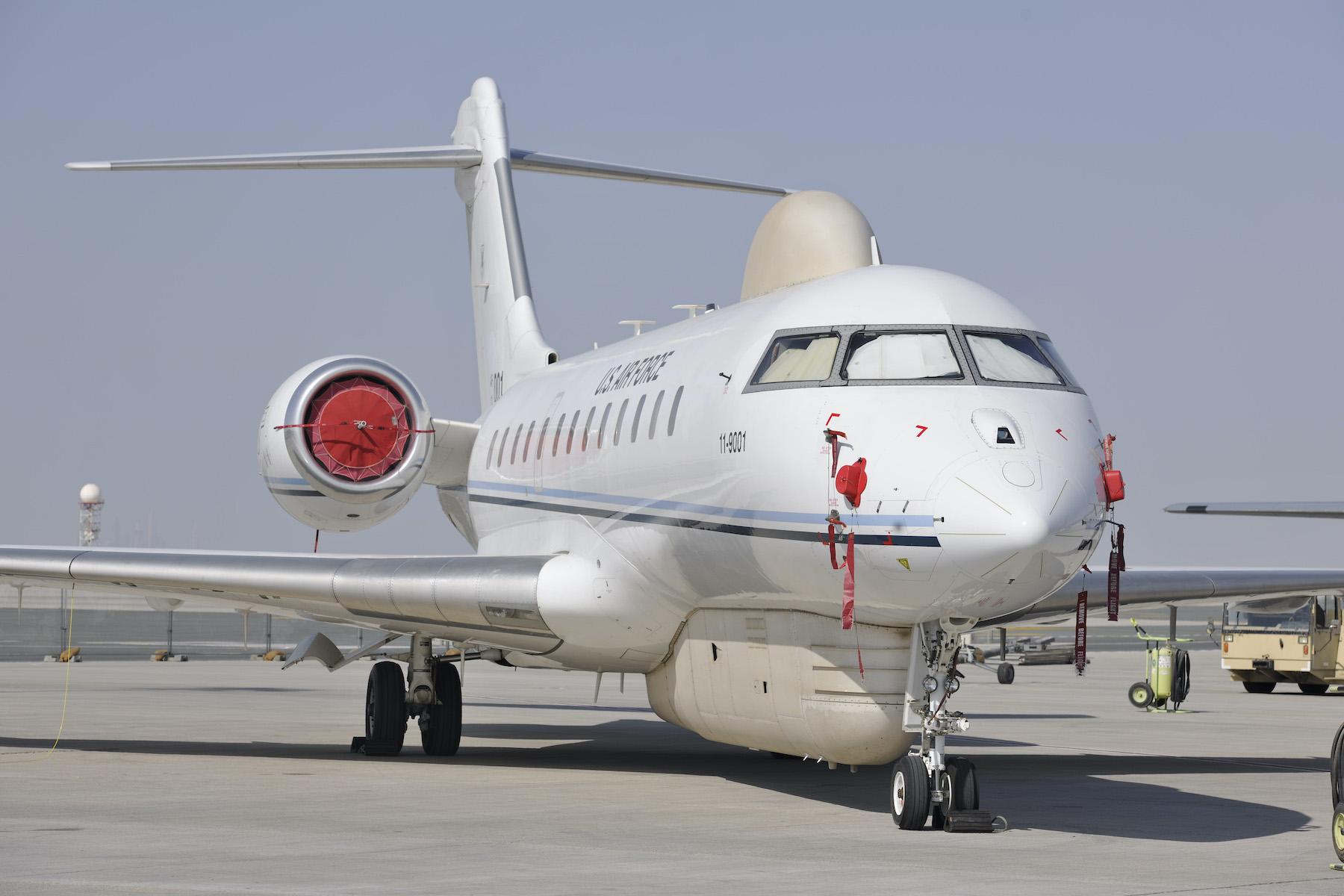Non-Kinetic Airpower Future Drives Interoperability Push, USAF Chief Says

DUBAI—A new form of non-kinetic airpower will prove decisive in future conflicts, but will require a new level of interoperability between allied and partner air forces, says U.S. Air Force Chief of Staff Gen. CQ Brown.
Brown made the comments on the eve of the Dubai Airshow on Nov. 13 as he addressed the Dubai International Air Chiefs Conference.
He says Netflix’s digital media platform—and not Blockbuster’s physical product—serves as the ideal model for a future air war defined by cyber and electronic warfare capabilities instead of bombs and missiles.
“Will air capability go the way of VHS tapes? If I could predict the future, I would bet that non-kinetic effects will reign supreme,” Brown said. As airpower capabilities shift to a non-kinetic focus, the service understands that it needs to break down obstacles that frustrate attempts to create seamless interoperability in coalition campaigns with allies, he says.
In 2015 and 2016, Brown orchestrated an air war against the Islamic State composed of 78 air forces, which came together after the war started to create a common set of processes and procedures to operate together. But such a campaign will not have the luxury of waiting until after the next war starts to create an interoperable coalition, Brown says.
“We must rethink how we design, plan and program our future air forces, and how we train and share with each other and how we build relationships,” Brown said. To that end, the Defense Department has enrolled 18 programs in a new Defense Exportability Features Feasibility Study, Brown says. The goal is to identify exportability requirements at the design stage of a new program, with the aim of saving time and money for releasing the technology to the U.S. military’s allies and partners, Brown says.
